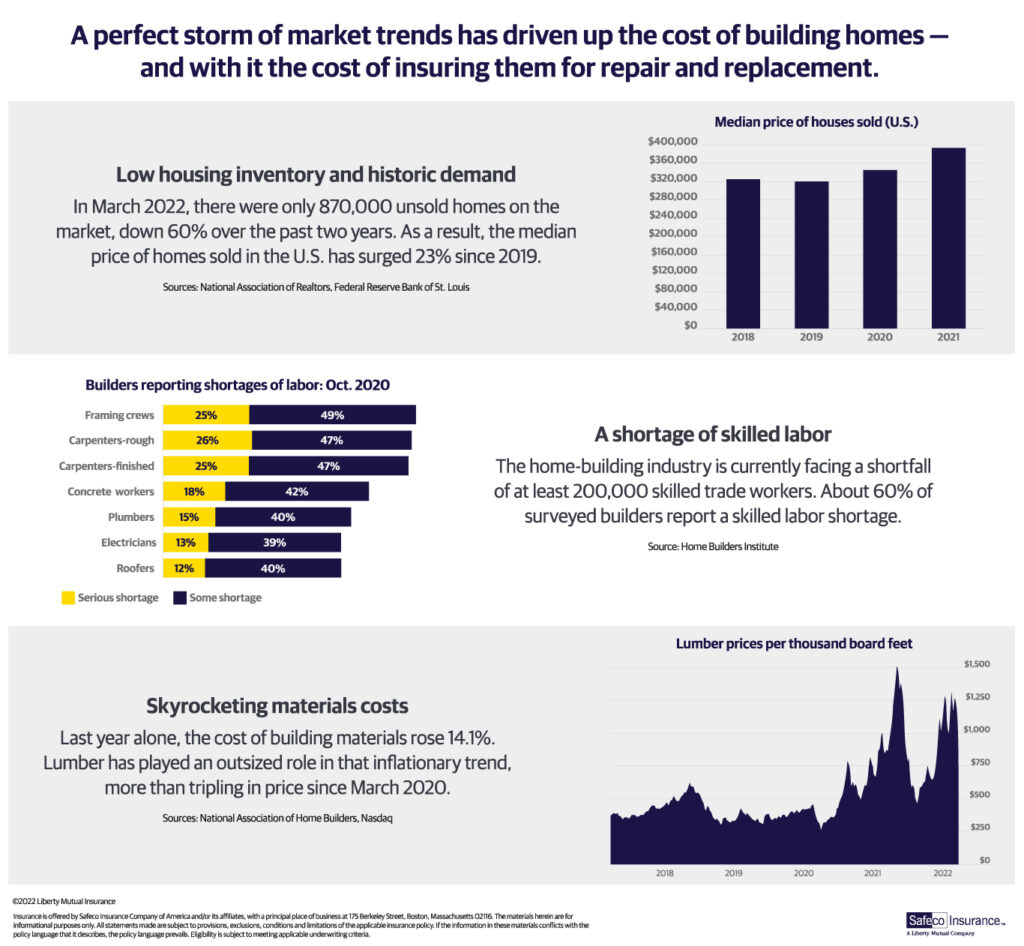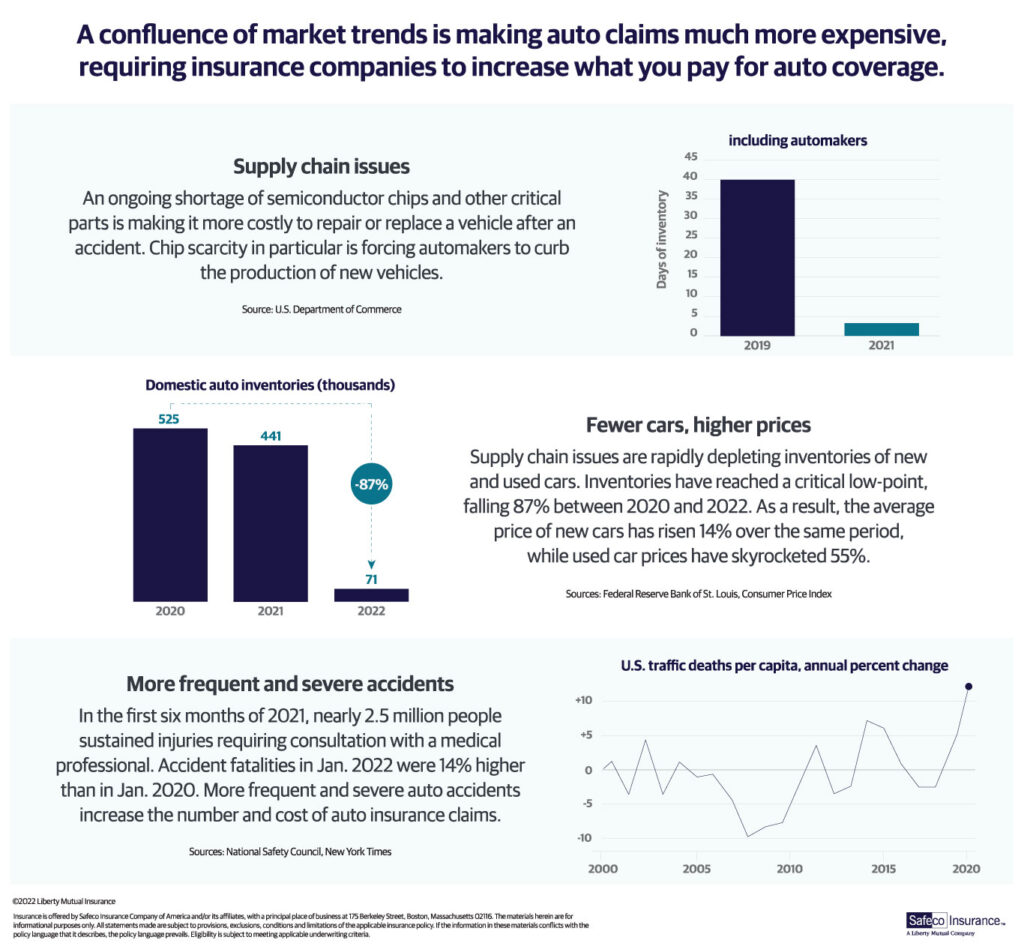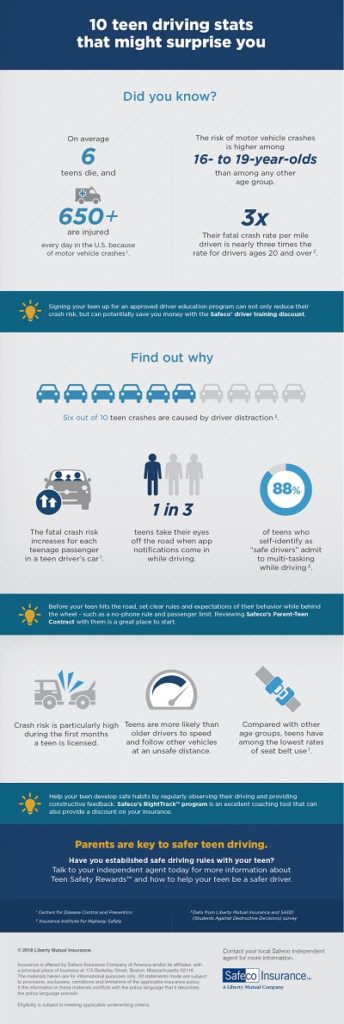Insurance can be a confusing topic, especially when it comes to understanding the different types of coverage and their associated terms. One area that often causes confusion is the difference between actual cash value, replacement cost, stated value, and agreed value. In this blog post, we’ll break down each term to help you better understand your insurance coverage.
Actual Cash Value
Actual cash value (ACV) is the fair market value of an item at the time of loss. It takes into account the item’s age, condition, and depreciation. In the event of a covered loss, the insurance company will typically pay out the actual cash value of the item, which means you may not receive enough money to replace the item with a new one. For example, if you have a 10-year-old TV that is damaged in a covered loss, the insurance company will pay out the current market value of a 10-year-old TV, not the cost to replace it with a new one.
Replacement Cost
Replacement cost is the amount of money it would take to replace an item with a new one of like kind and quality. Unlike actual cash value, replacement cost does not take into account depreciation. In the event of a covered loss, the insurance company will typically pay out the replacement cost of the item, which means you will receive enough money to replace the item with a new one. For example, if you have a 10-year-old TV that is damaged in a covered loss and you have replacement cost coverage, the insurance company will pay out the cost to replace the TV with a new one of like kind and quality.
Stated Value
Stated value is a term used in insurance policies for items that have an agreed-upon value between the policyholder and the insurance company. For example, if you have a classic car that is worth $50,000, you and your insurance company may agree on a stated value of $50,000 for the car. In the event of a covered loss, the insurance company will pay out the stated value of the car, regardless of its actual cash value or replacement cost.
Agreed Value
Agreed value is similar to stated value in that it is an agreed-upon value between the policyholder and the insurance company. However, with agreed value coverage, the value is typically determined at the time the policy is written, and it cannot be changed during the policy term. This means that if the item’s value increases or decreases, the agreed value will not change. Agreed value coverage is often used for items that are difficult to value, such as antiques or art.
In conclusion, understanding insurance terms such as actual cash value, replacement cost, stated value, and agreed value can help you make informed decisions about your insurance coverage. It’s important to review your policy and speak with your insurance agent to ensure you have the appropriate coverage for your needs. Contact LG Insurance Group if you need assistance understanding your coverages or other available options.








 Click to Call
Click to Call Get Directions
Get Directions




